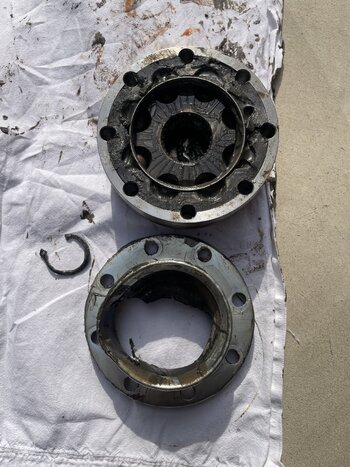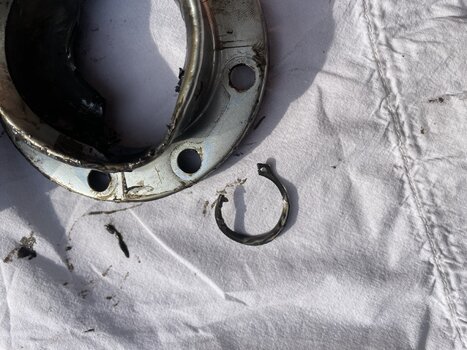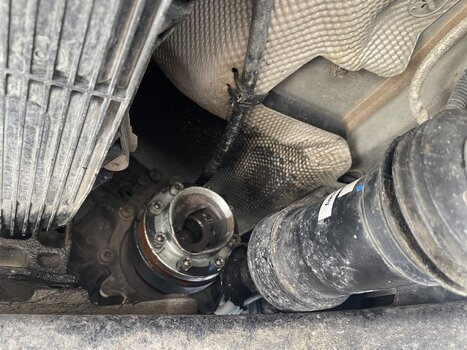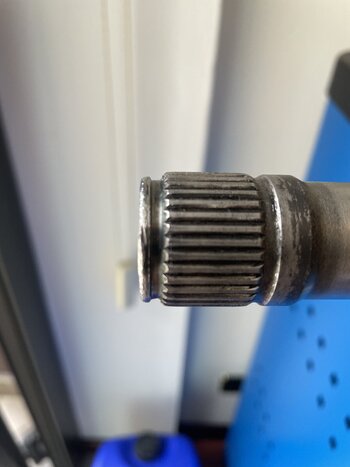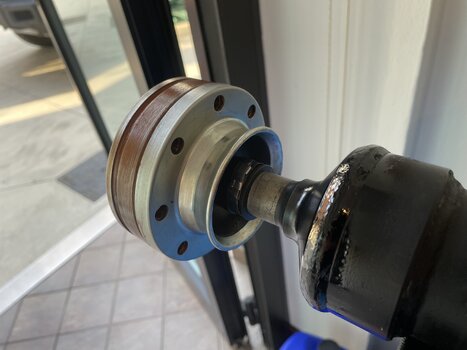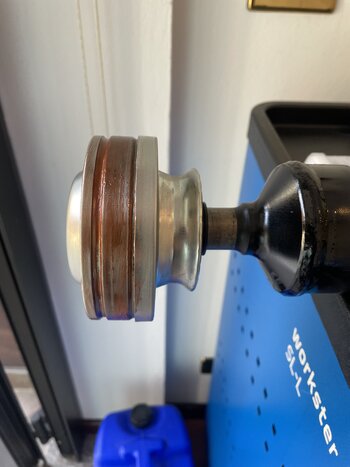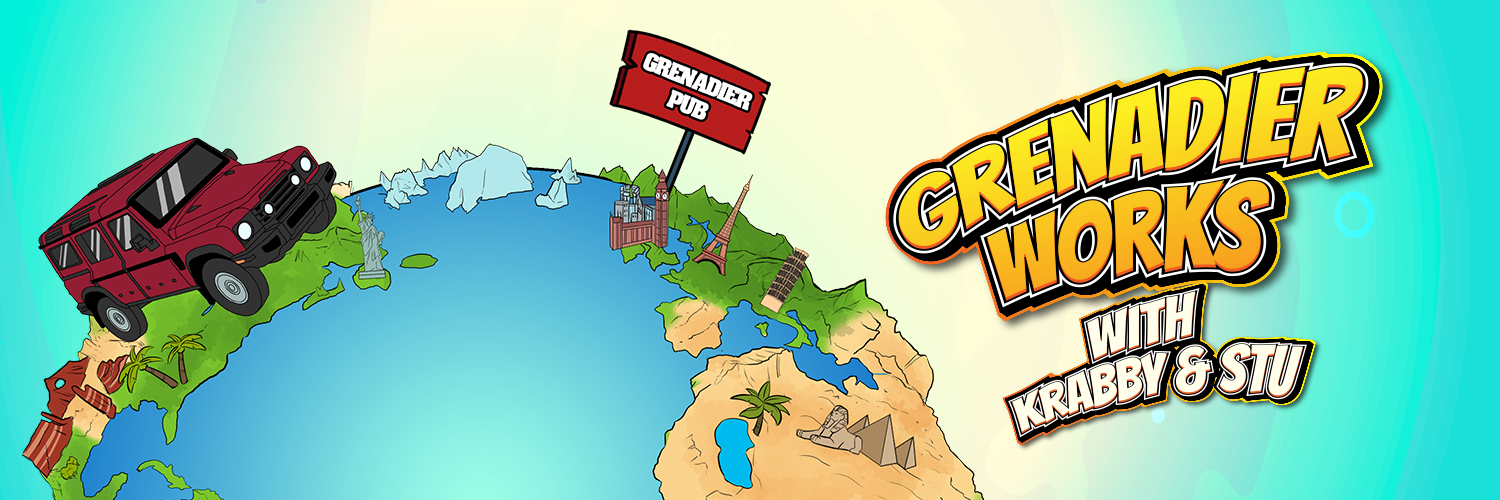I removed the shaft, and fortunately, I managed to get home without any damage. After removing the teraFlex CV joint, which had been installed just 2,000 km ago, I noticed that the snap ring that holds the shaft in place had failed, causing it to pop out. The original CV joint, as already mentioned, was inserted by interference, while this replacement for the teraFlex went in very easily. This probably caused the force to be completely discharged onto the snap ring.
Attachments
Last edited:

